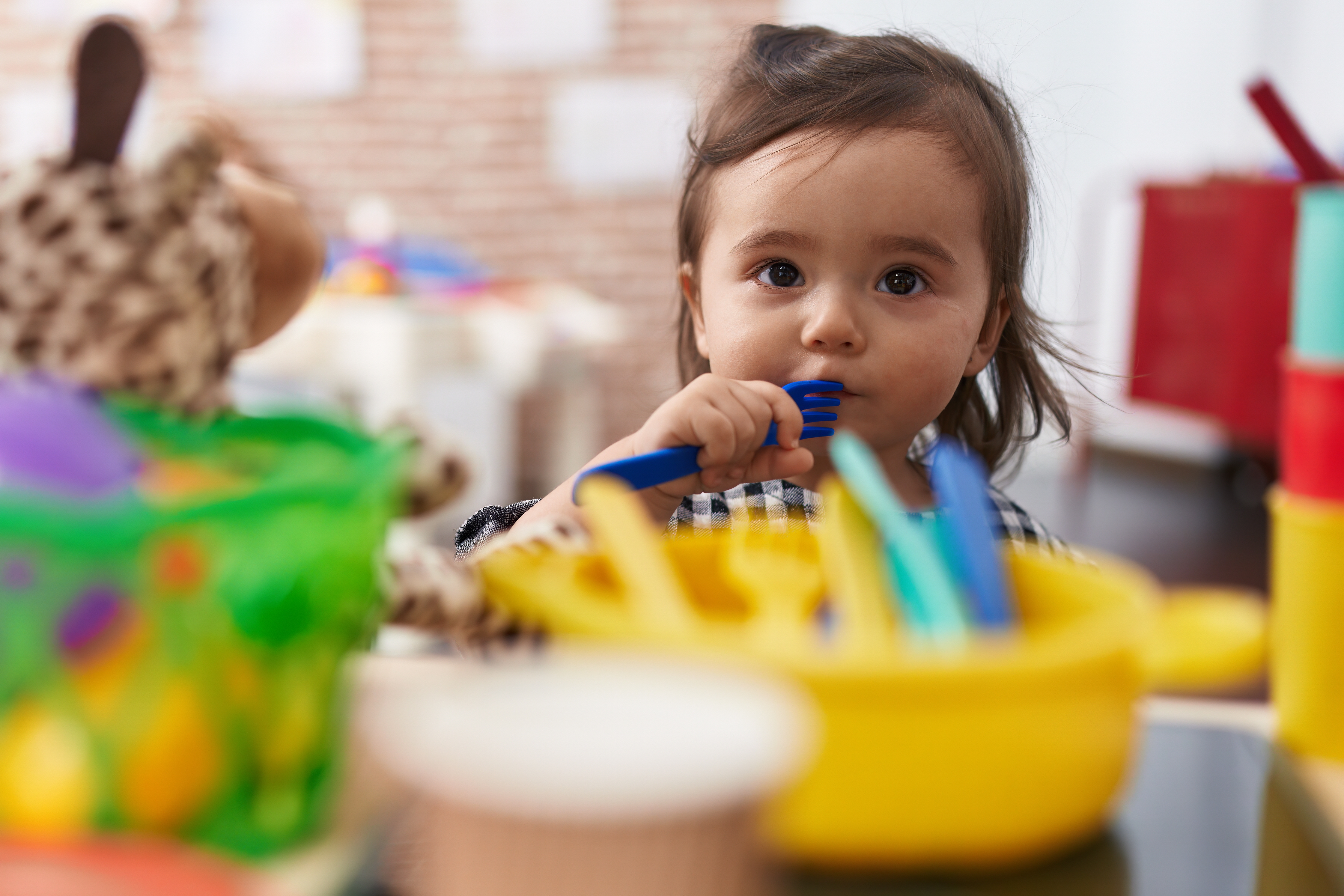
Lead poisoning can have serious effects on both mental and physical health, affecting people of all ages. However, it's especially dangerous for young children because they tend to touch everything around them and put objects in their mouths. As parents, it's important to stay alert and take precautions. If children breathe in air or use items containing lead, it can harm their kidneys, nervous system, and even affect their learning and development. Even adults may unknowingly come into contact with lead from various household items, leading to potential health risks. Pregnant women and young children are especially vulnerable to lead poisoning. Let’s explore ways to prevent this and stay safe.
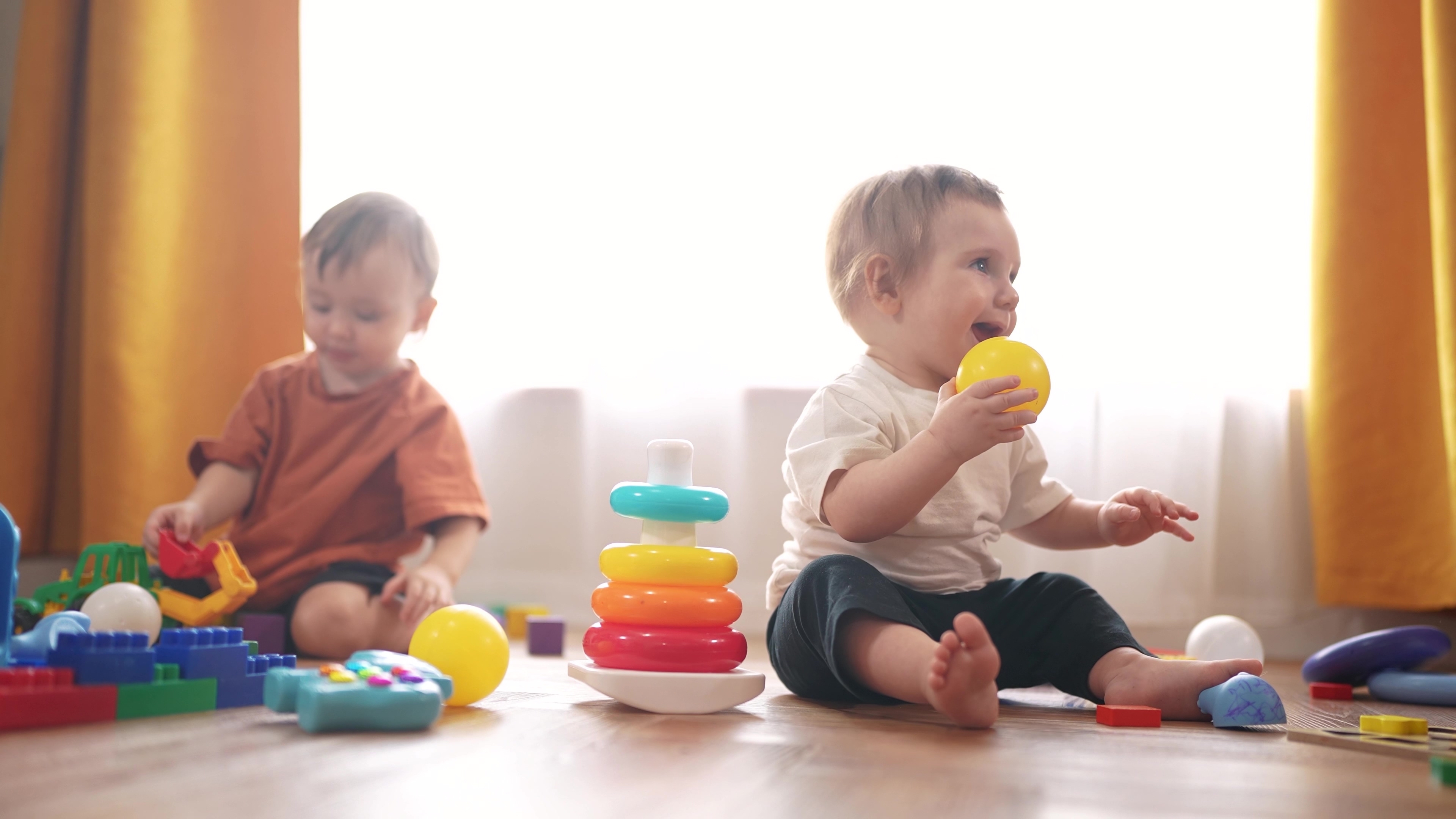
At What Age is Lead Poisoning More Common?
While lead is dangerous to everyone, children under 6 are more likely to be affected and are at greater risk. Younger children absorb lead more easily than older kids or adults. Babies and toddlers, especially between 9 months and 2 years old, are at higher risk since they often crawl on the floor and tend to touch and mouth everything. For pregnant women, consuming food or being exposed to lead can also affect the baby, so it’s important to talk to a doctor if there’s a concern about lead exposure.
Common Sources of Lead
Lead can be found in many household items, sometimes without us even realizing it. Things like old paint, batteries, ceramic pots, and cups can contain lead. It’s important to limit contact with these items to avoid lead entering the body. Beauty products like nail polish and lipstick, as well as some children’s toys, may also contain lead, so it’s crucial to be cautious. Even drinking water may be contaminated if it flows through lead pipes. Always ensure your water is tested and clean before consumption.
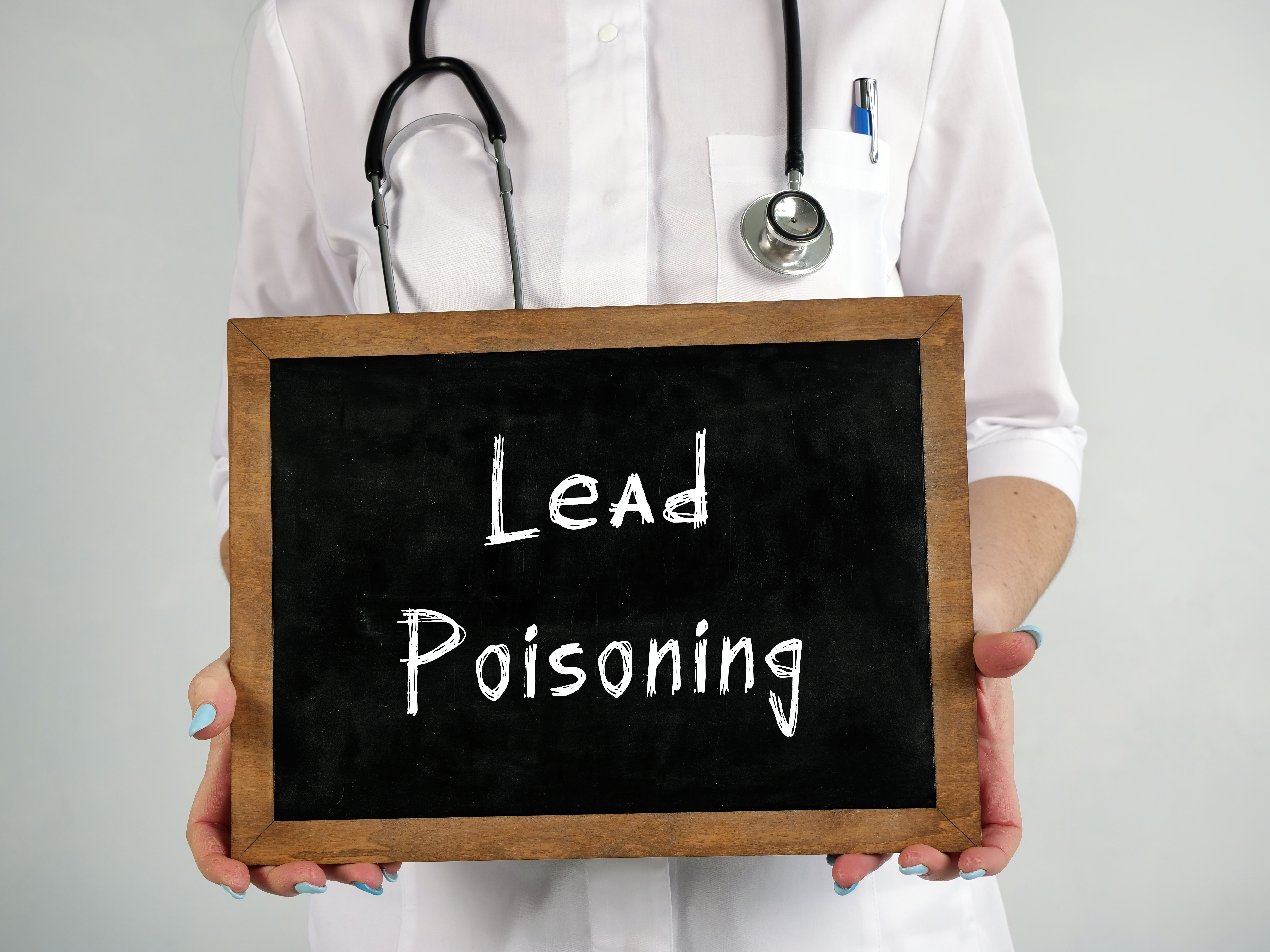
Signs of Lead Poisoning
Most children with lead poisoning don’t show obvious symptoms, especially when only small amounts of lead are involved. However, lead can still disrupt their growth and attention span, so it shouldn’t be ignored. Signs of lead poisoning include loss of appetite, nausea, vomiting, headaches, stomach pain, constipation, muscle weakness, and irritability. In severe cases, lead poisoning can lead to confusion, sudden unconsciousness, coma, and even death. If you notice any of these symptoms, it’s important to consult a doctor, especially for children aged 1 to 2, and consider getting a blood test for lead.
How to Prevent Lead Poisoning
To help protect children from lead poisoning, always ensure they wash their hands before eating and after touching things. Avoid letting them put random objects in their mouths. Make sure your drinking water is free from lead, and if your home has lead pipes, let the water run for a minute before using it. Clean your house and children’s toys regularly to remove dust or particles that may contain lead. Including iron-rich and calcium-rich foods in their diet can also help reduce lead absorption in the body.
Lead is a toxic metal that can be found in everyday items, and if it enters the body, it can cause serious harm. Both children and adults can suffer from mental and physical health issues due to lead poisoning. By following the tips mentioned above, you can help protect your family from the dangers of lead exposure. Stay safe!


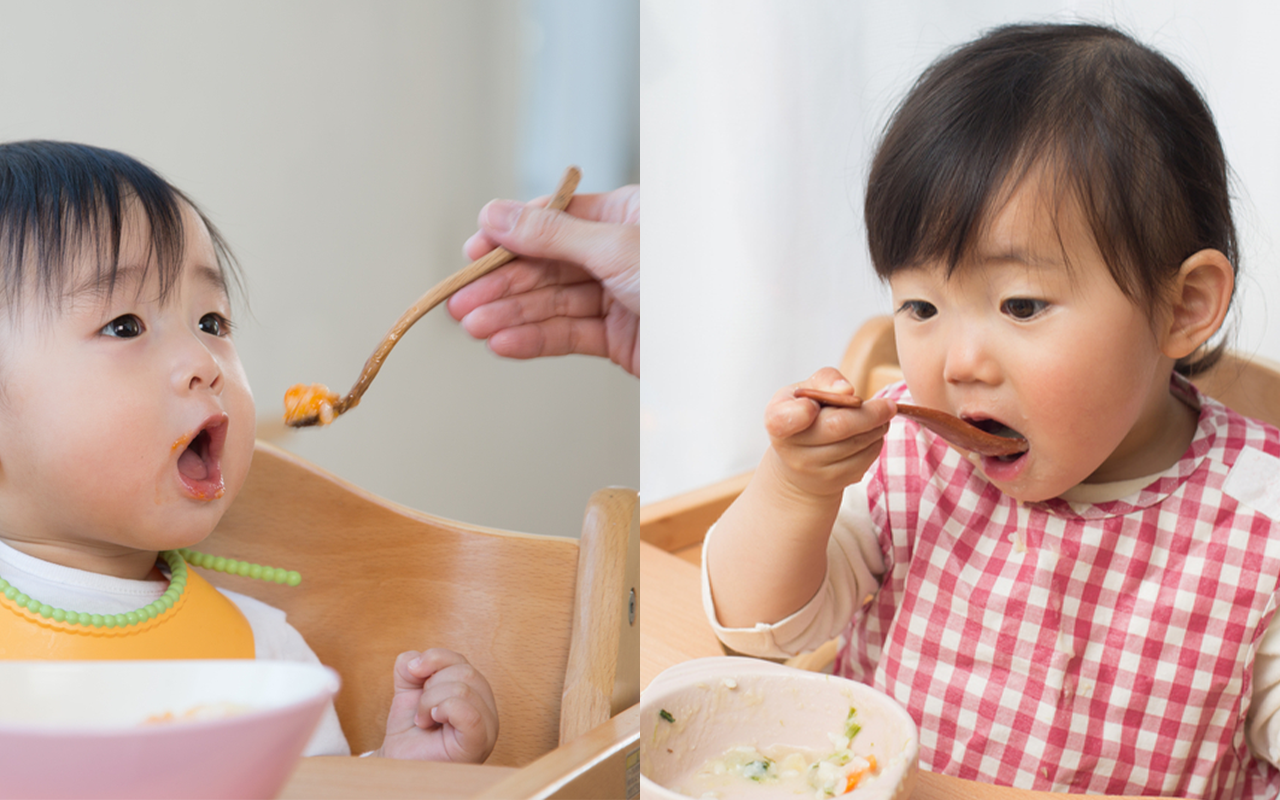
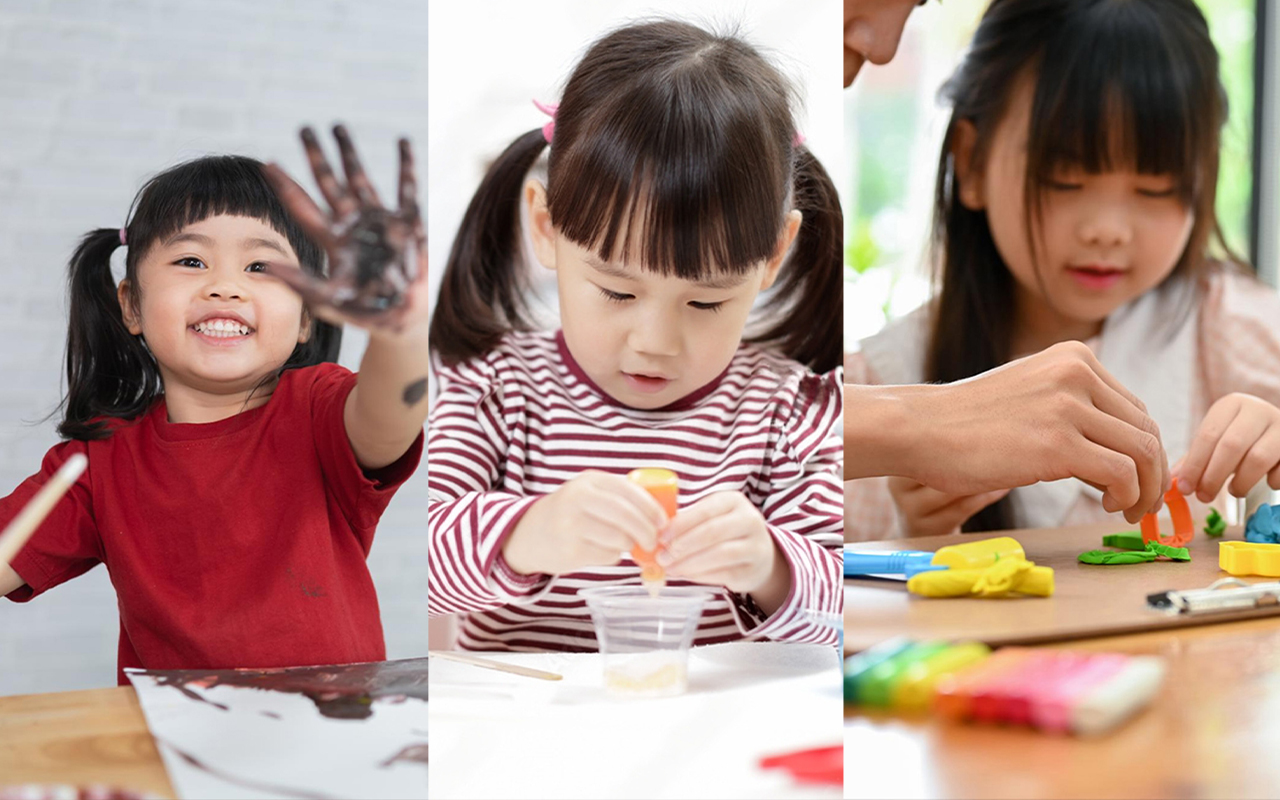
Comments